Arduino in Action
Martin Evans, Joshua Noble, and Jordan Hochenbaum

Copyright
For online information and ordering of this and other Manning books, please visit www.manning.com. The publisher offers discounts on this book when ordered in quantity. For more information, please contact
Special Sales Department Manning Publications Co. 20 Baldwin Road PO Box 261 Shelter Island, NY 11964 Email:
orders@manning.com2013 by Manning Publications Co. All rights reserved.
No part of this publication may be reproduced, stored in a retrieval system, or transmitted, in any form or by means electronic, mechanical, photocopying, or otherwise, without prior written permission of the publisher.
Photographs in this book were created by Martin Evans and Jordan Hochenbaum, unless otherwise noted. Illustrations were created by Martin Evans, Joshua Noble, and Jordan Hochenbaum. Fritzing (fritzing.org) was used to create some of the circuit diagrams.
Many of the designations used by manufacturers and sellers to distinguish their products are claimed as trademarks. Where those designations appear in the book, and Manning Publications was aware of a trademark claim, the designations have been printed in initial caps or all caps.
 Recognizing the importance of preserving what has been written, it is Mannings policy to have the books we publish printed on acid-free paper, and we exert our best efforts to that end. Recognizing also our responsibility to conserve the resources of our planet, Manning books are printed on paper that is at least 15 percent recycled and processed without the use of elemental chlorine.
Recognizing the importance of preserving what has been written, it is Mannings policy to have the books we publish printed on acid-free paper, and we exert our best efforts to that end. Recognizing also our responsibility to conserve the resources of our planet, Manning books are printed on paper that is at least 15 percent recycled and processed without the use of elemental chlorine.
 | Manning Publications Co.20 Baldwin RoadPO Box 261Shelter Island, NY 11964 | Development editor: Cynthia KaneCopyeditor: Andy CarrollProofreader: Katie TennantTypesetter: Dennis DalinnikCover designer: Marija Tudor |
ISBN: 9781617290244
Printed in the United States of America
1 2 3 4 5 6 7 8 9 10 MAL 19 18 17 16 15 14 13
Brief Table of Contents
Table of Contents
Preface
My Arduino journey started after watching Elise Huard present her talk, The internet of things, at Rails Underground in the summer of 2009. Following the conference, I immediately purchased a copy of Massimo Banzis Getting Started with Arduino (OReilly, 2008), which I read from cover to cover on the train back to where I was staying.
Shortly afterwards, I purchased my first Arduino and started playing, experimenting, and building small projects. My first major project was an obstacle-avoidance robot, which I presented at the 2010 Scottish Ruby conference in Edinburgh, Scotland.
Ive had a lifelong interest in underwater vehicles and the marine environment, and following the conference I started work on an Arduino-controlled underwater remote-operated vehicle (ROV), which I duly presented at the 2011 Scottish Ruby conference.
Since then, Ive toured the UK and Ireland displaying my ROV at a number of Maker Faires, where it has generated much interested and discussion.
Im one of the founding members of Aberduino, a hack space based in Aberdeen, Scotland, where we produce installations for various events.
Other Arduino-based projects Ive worked on include the development of a medical training aid and helping with the Wikispeed project, an open source car.
I continue to work with underwater vehicles and am actively developing a new Arduino-based underwater ROV that can be distributed as a kit.
M ARTIN E VANS
I first started working with microcontrollers with the same introduction that a lot of artists and designers had ten years ago: PIC controllers. I found them difficult to understand, finicky, slow to build with, and yet they were the only option. Later I discovered Teleo controllers and then Wiring boards, but when the Arduino arrived in my world, I was hooked.
Ive used Arduinos for everything from prototyping smart spray-paint cans to building interactive exhibits for museums to creating tools for science experiments. Im in love with the boards, the environment, and, most especially, the community that has grown up around the Arduino and thats so willing to teach, experiment, explore, and share.
J OSHUA N OBLE
My interest in music technology led me to discover the Arduino as a platform for rapid development and physical computing sometime around 2008. I was originally introduced to the Arduino as a tool for designing musical interfaces for live performance. This led to the Arduinome project, an open source port of the popular Monome USB MIDI controller, which I worked on with longtime collaborator Owen Vallis. The success of the Arduinome project was a true testament to the uniqueness of the Arduino itselfa device that empowers musicians and artists of all technical backgrounds to create unique and powerful tools for expression. Around the same time, I was taking a course in musical robotics and kinetic sculpture, and we used the Arduino to drive a collaborative musical robotic instrument.
Since then, the Arduino has been at the heart of my work. In 2009 I began pursuing my PhD, which investigated the affordances of multimodal sensor systems for musical performance and pedagogy. Using the Arduino, Ive built numerous interfaces and hyperinstruments for capturing data and metrics from musical performance. I built the SmartFiducial, which added z-depth (in-air proximity) and pressure sensing to tangible tabletop surfaces. Embedding multimodal sensing systems within instruments or placing them on human performers, Ive investigated a wide variety of machine learning tasks, such as performer recognition and drum-hand recognition. I completed my PhD and became a professor in Music Technology: Interaction, Intelligence, and Design at California Institute of the Arts in 2012, and the Arduino continues to be an important part of my artistic and academic practice. My work with the Arduino has been featured online and in print, including in WIRED and Computer Arts magazine, and my current Arduino-based projects range from kinetic surfaces for live projection mapping and visuals to wireless sensing systems for interactive dance performance.
J ORDAN H OCHENBAUM
Acknowledgments
We would like to thank the following people at Manning: Sebastian Stirling for his endless patience and support; Cynthia Kane for guiding us and giving gentle prods over the final review stages to bring the manuscript to publication; Troy Mott who handled the preproduction stages; technical editors Sharon Cichelli and Daniel Soltis who offered help and advice on how to improve the final manuscript; and copyeditor Andy Carroll who carefully combed through the manuscript, removing unnecessary words and tidying everything up.
We also want to thank our reviewers who helped clarify parts of the book that needed further explanation and who pointed out inconsistencies. Thanks to Alan Burlison, Andrew Davidson, Bill Westfield, Daniel Soltis, George Entenman, Howard R. Hansen, Jeroen Benckhuijsen, John Raines, Margriet Bruggeman, Matt Scarpino, Nikander Bruggeman, P. David Pull, Philipp K. Janert, Scott Couprie, Scott Howard, Steve Prior, and Ursin Stauss.
M ARTIN E VANS would like to thank his wife Henrietta and children Leanne, Heather, and Luke, who all in one way or another encouraged him to keep on working on this book. He would also like to thank Paul and the team at Symposium Coffee House, Peterhead, who kept him fueled with coffee when most needed.


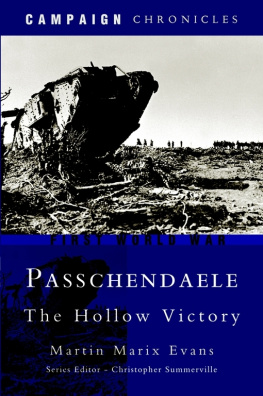

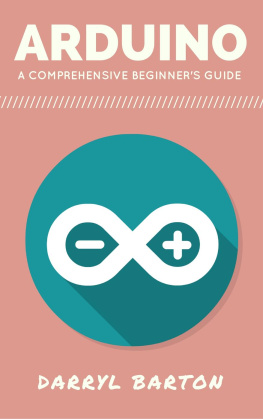
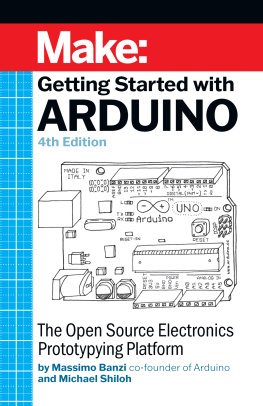


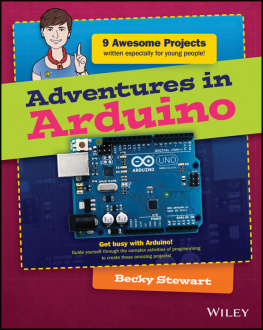
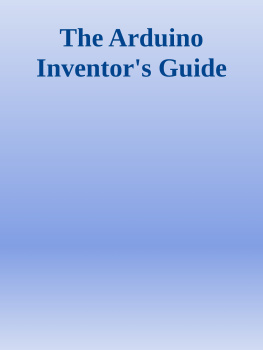
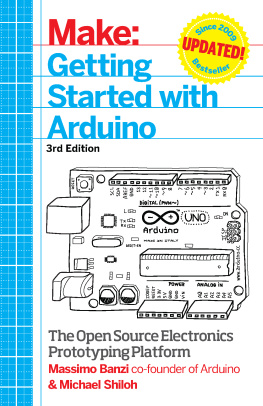
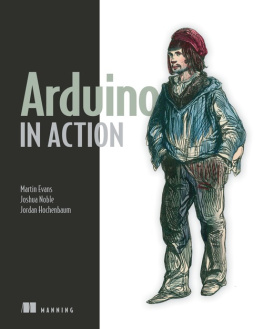
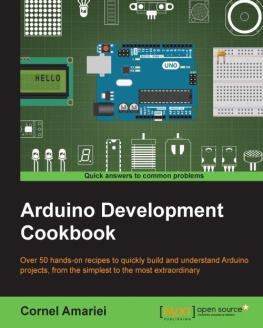
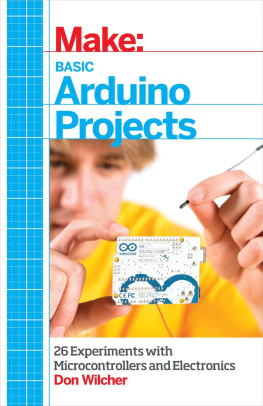

 Recognizing the importance of preserving what has been written, it is Mannings policy to have the books we publish printed on acid-free paper, and we exert our best efforts to that end. Recognizing also our responsibility to conserve the resources of our planet, Manning books are printed on paper that is at least 15 percent recycled and processed without the use of elemental chlorine.
Recognizing the importance of preserving what has been written, it is Mannings policy to have the books we publish printed on acid-free paper, and we exert our best efforts to that end. Recognizing also our responsibility to conserve the resources of our planet, Manning books are printed on paper that is at least 15 percent recycled and processed without the use of elemental chlorine.